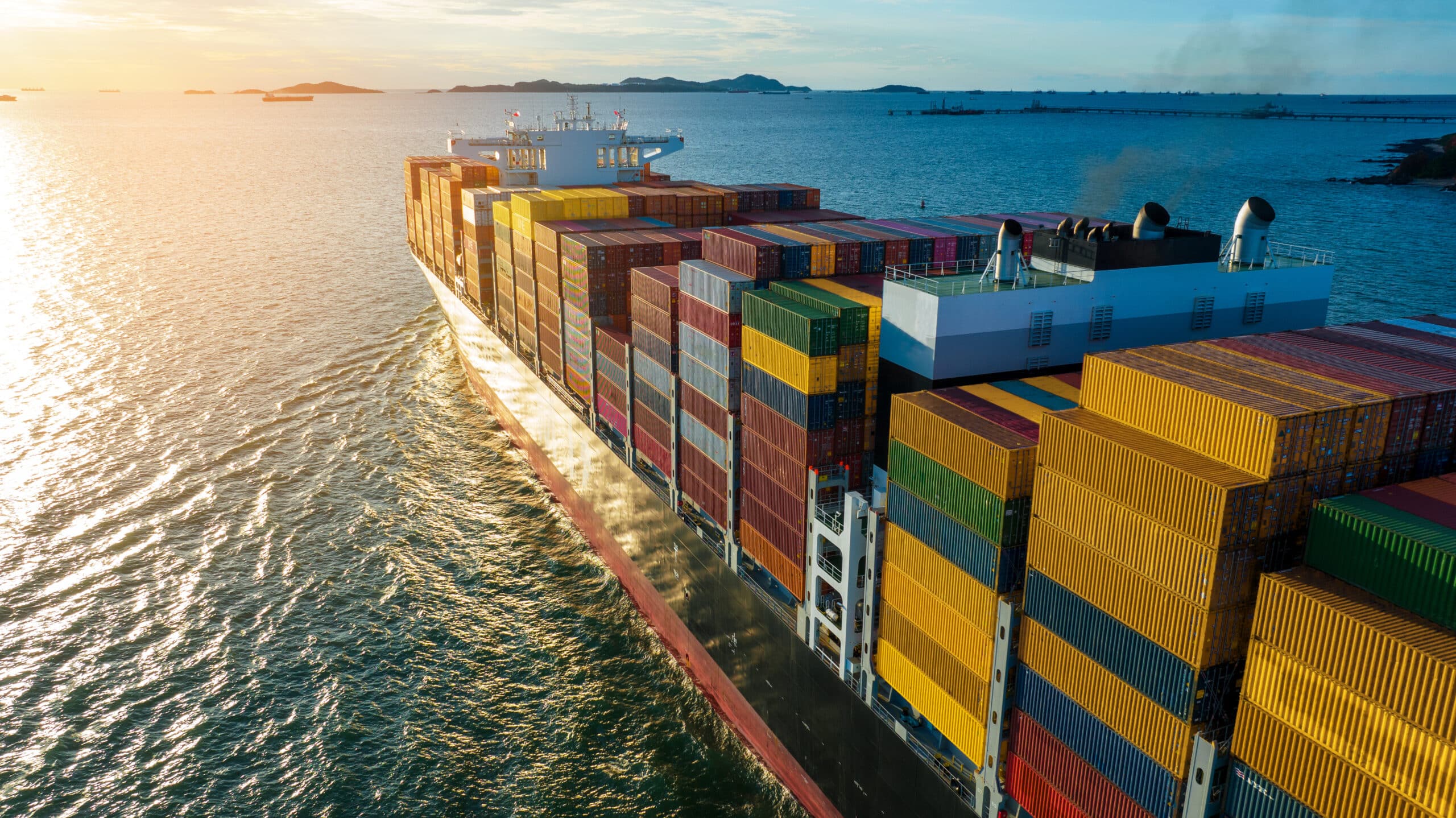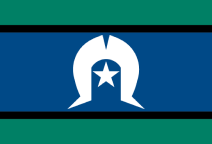Winning a tender can sometimes mean the difference between taking your business to the next level and shutting up shop for good.
It’s a competitive space, made doubly challenging by the scrutiny now applied to tender applications, particularly those for government work.
This is especially true in the area of safety compliance. Risk-averse government departments will necessarily overlook any tenderer whose safety compliance is not sufficiently robust.
So which safety boxes must your next application tick?
- Think legal first. Ensure you are aware of all the legislative requirements applicable to the type of work to be carried out, including Acts, regulations, local laws and by-laws, Codes of Practice and Australian Standards.
- Supply evidence. Provide an explanation of how your safety management system complies with the requirements of the client and attach evidence if given the opportunity. When attaching supporting documentation, always attach completed records and not just templates — this shows the client that your safety management system is in fact operational and not something you’ve just created for the tender application. HSE tender questionnaires will almost certainly ask if internal audits are carried out on your safety management system, so in preparation for future tenders, ensure you have an internal auditing procedure in place.
- Emphasise risk protection. Make sure you are aware of the risks involved, in particular any high-risk work included in the scope of works. Show that as a contractor you have appropriate controls in place to mitigate the chances of incident, injury or damage. You’ll be asked to provide your risk management procedures and details of the processes you use to regularly identify risks, including workplace/site inspections, equipment pre-start inspections and maintenance records.
- Demonstrate performance. Provide information on previous safety performance and give details of how you monitor safety performance and any continual improvement processes in place. Include information on:
- Number of lost time injuries (LTIs)
- Working days lost due to injury
- Current status of any injured personnel, damaged property or environmental damage or pollution
- Status of the implementation and outcomes of corrective actions undertaken as a result of HSE inspections and risk assessments.
- Investigations. Establish a robust incident and investigation procedure with timeframes documented for completion of the investigation report based on the classification of the incident. Document any corrective or preventative actions to arise from the investigation to prevent future incidents occurring. Have a system in place for managing actions that accounts for who is responsible and a timeframe for close-out of the action.
- Communications. Consultation and communication are requirements of your duty of care as an employer. Make sure you have suitable communication mechanisms in place such as pre-start meetings, toolbox talks and safety meetings. Always record attendance of meetings and document the agenda. Clients need to be able to have a certain amount of control over contractors, which means effective communication channels are vital.
- Training and competence. Clients have a duty of care to ensure you as a contractor have certain competencies to carry out tasks safely. Maintain up-to-date copies of your employees’ certifications and training attendance.
A great way to manage this is by creating a simple training needs analysis that details the training and competency required for each job role within your organisation.
Finally, be sure to read and understand every question on the tender documents. Seek expert advice about anything you’re not sure about. A thorough and worthy tender application takes time and effort to put together, but the result could well be worth your investment.
CCI has a team of Occupational Health and Safety consultants available.












